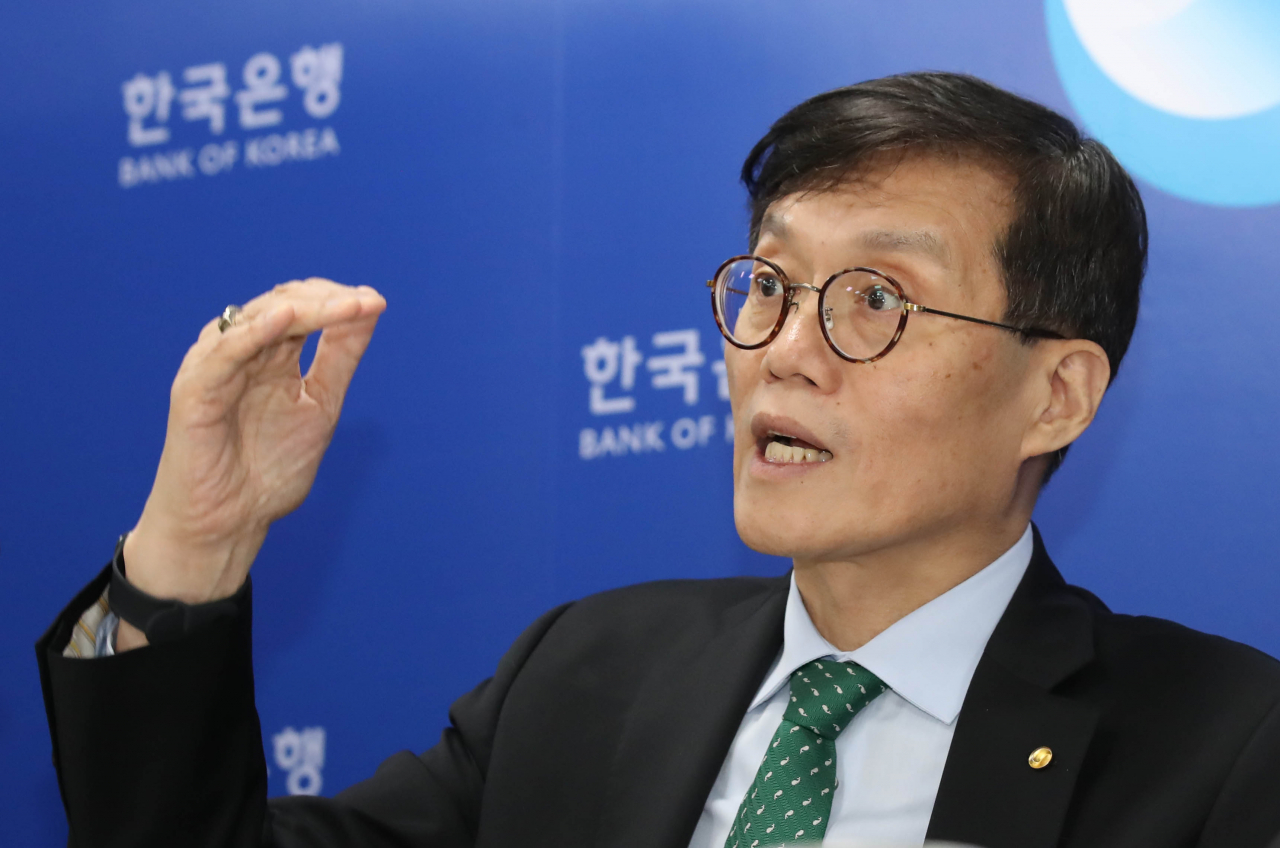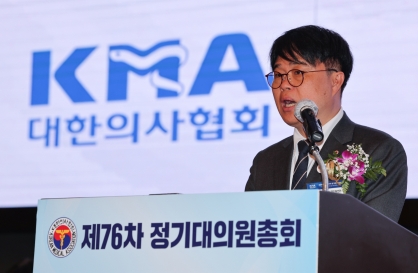BOK says inflation will bounce back
Core inflation remains stubborn, following high service rates
By Im Eun-byelPublished : June 19, 2023 - 18:26

Consumer inflation is expected to come down to the 2 percent range mid-year and bounce back to the 3 percent range by the end of this year, while core inflation will be slow to ease off, according to the Bank of Korea on Monday.
Consumer price growth has been slowing down after reaching its peak at 6.3 percent in July 2022. Price increases have cooled down in the last few months due to the base effect of a surge in international oil prices last year.
Consumer prices came down to 3.3 percent last month, following a 4.2 percent increase in the January-May period, recording a steep fall from the 5.6 percent rise seen in the latter half of 2022.
“Headline inflation is likely to fall to the 2 percent range mid-year, due to the base effect of the spike in the international oil prices from last year,” Choi Chang-ho, head of the research department at the BOK, said at a press briefing held Monday.
“However, when the base effect wears off, this will lead to an upward pressure for prices,” Choi said. “By the end of this year, the inflation rate will come within the 3 percent range.”
The BOK said consumer prices could climb again as the base effect of international oil prices fades, along with public transportation price hikes and withdrawal of a special tax cut on car purchases within this year. Unstable grain prices from abnormal climate events could also have an effect, it said.
A major concern for the BOK is unwavering core inflation, which excludes volatile food and energy prices.
Core inflation has remained fairly stubborn, coming in at 4 percent in the January-May period, compared to 4.1 percent in the latter half of 2022, showing a slower decline than that of the consumer price inflation. It showed a 3.9 percent on-year increase in May.
“Core inflation is stickier than expected. Its decline has been slower than expected, though it has been decreasing steadily,” Choi said.
Core inflation has been persistently high due to soaring service prices and a favorable labor market, the BOK explained. A rise in employment leads to higher earnings and more consumption, which eventually paves the way for upward pressure on core inflation.
The central bank lifted its projection for the core inflation rate in 2023 from 3 percent to 3.3 percent last month. The figure may go up further if core inflation is slower to ease off.
Meanwhile, the BOK maintained the view that it is too early to discuss a rate cut. The central bank has been holding the rate at 3.5 percent this year, viewing that high inflation has been slowly waning out.
“The US deems it can cut base rates if the inflation rate reaches a target level by the end of next year. But we are not ready to discuss the rates for next year,” BOK Governor Rhee Chang-yong said.
“If the consumer rate goes down to the 2 percent range by the end of this year, we will consider it. But at this moment, as we have to see if the inflation rate will come down to the 3 percent range, it is premature to discuss a rate cut.”






![[Weekender] How DDP emerged as an icon of Seoul](http://res.heraldm.com/phpwas/restmb_idxmake.php?idx=644&simg=/content/image/2024/04/25/20240425050915_0.jpg&u=)



![[Music in drama] An ode to childhood trauma](http://res.heraldm.com/phpwas/restmb_idxmake.php?idx=644&simg=/content/image/2024/04/25/20240425050929_0.jpg&u=)








![[Herald Interview] Mistakes turn into blessings in street performance, director says](http://res.heraldm.com/phpwas/restmb_idxmake.php?idx=652&simg=/content/image/2024/04/28/20240428050150_0.jpg&u=20240428174656)
